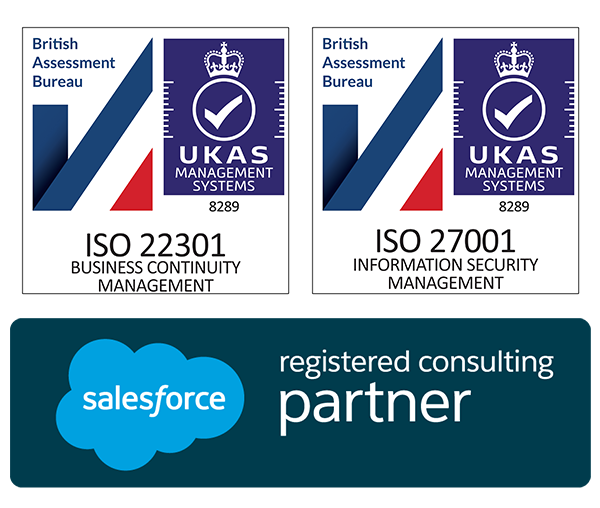
The Best Approach to Executing Knowledge Transfers

One of the biggest challenges facing business today is the need to transfer knowledge to new and existing employees effectively. The world is changing at a rapid pace and companies and workers alike are struggling to keep up. New technologies and new business paradigms are forcing individuals to acquire new skills sets to remain competitive. Therefore it’s now vital that business owners understand the best strategies for executing knowledge transfers successfully.
What is a Knowledge Transfer and Why Is It Necessary?
All business owners must identify who knows what in their firm, who needs to know what and how they should pass on that knowledge effectively. Particularly when a company’s worth relies so heavily on information, it is crucial for firms to invest in effective ways of executing knowledge transfers.
The transfer of knowledge goes much further than the standard training of employees and senior management. It is often the result of new performance requirements, new technologies and the changing of job roles. While processes and technological systems can be changed as a matter of course, doing so invariably leaves some employees unable to adapt without additional training. Implementing processes that facilitate learning and training, will make their transition and adaptation easier and as such, prevent productivity loss and damaged morale.
Challenges of Knowledge Transfers
Change will sometimes force members of your team to transition into new roles as they adjust to evolving standards, processes and technological systems. New products and services can also require adaptation. To ensure that your company is prepared to deal with these challenges, you need to develop a culture that is designed to promote and facilitate the reallocation of knowledge. Other common challenges that result in knowledge transfers are:
- A company-wide reorganisation that requires information to be reassigned from one group of employees to another.
- Implementation of new systems in response to marketplace changes.
- Adoption of new technologies.
- A surge in hiring due to company growth and expansion.
- Significant loss of existing personnel.
- Introduction of new product lines or services.
By incorporating a system for the management and execution of knowledge transfers within your company, you will be able to capture the information and skill sets your company needs to prosper and be able to translate that knowledge to new members of your team. But to be able to conduct any large-scale and systemic transfer of knowledge, you need to have a plan.
Defining the Goal
To be successful, it is vital that you define your goals first. After all, you cannot effectively communicate your ideas if you cannot put your vision into words. What are you hoping to achieve with your knowledge transfer efforts? Are you trying to keep pace with new tech innovations? Do you want to enhance productivity through more effective collaboration between your various teams? Are you seeking security through redundancy? Think about your reasons for pursuing the knowledge transfer and document your goals.
Executing Knowledge Transfers
The main problem most companies encounter when executing knowledge transfers is the lack of connection between those who have the knowledge and those who need it. To effectively facilitate the transfer, you need to be able to connect those two teams in a way that enables you to achieve your goals. If one team is unwilling to share their knowledge or the other team isn’t interested in receiving it, then the company is going to struggle to acquire the right skill sets.
The first step is to establish the right connection. Everyone involved in the sharing of knowledge needs to be 100% invested in the goal and process. You must outline the goals and communicate them effectively to ensure that you get the buy-in that you need.
Key elements to focus on
- Document the goals and the methods by which you expect to achieve them.
- Make sure that you provide the necessary resources to facilitate the transfer.
- Assign responsibility for the project’s success. More importantly, define accountability so that everyone understands the consequences of failure.
- Seek feedback from your team but don’t allow yourself to be swayed by arguments. If your strategy requires that transfer, then you need to communicate that clearly to your team.
- Establish benchmarks to measure progress and follow that through with regular progress reviews.
- Where appropriate, separate groups into smaller subgroups, establishing mentor relationships between those who have the knowledge and those who do not. That direct person-to-person transfer of information and insight can often be more effective than larger group efforts.
- Establish regular reporting processes so that your team understands that they need to demonstrate consistent progress.
- Respond to all reports and feedback. Your team needs to know that they can follow your lead. If you invest in the knowledge transfer, then they are more likely to be committed to it as well. To that end, make sure that they know that you are involved and staying abreast of their efforts.
- Identify and define the end game. It is not enough to assign this task to your team. You also need to help them understand what success will look like. If you cannot communicate the end goal to your employees, they won’t be able to imagine it which will make the entire process more difficult than it needs to be.
- Be flexible enough to recognise when something isn’t working and adjust your strategy accordingly. Even the best-laid plans can often lead to unexpected results, and you must be willing to alter your approach to ensure that you stay on track.
]
In Conclusion
Successfully executing knowledge transfers can be achieved by any company in any industry. There is no magic formula to make it happen. There are simple steps that can be taken to make the process more efficient. The difficult part is recognising when such transfers are needed and mobilising your resources to address the situation. However, once you’ve identified the need, it is possible to move forward with the process without major disruptions to your company’s operations. Remember to build a plan and maintain regular communication with everyone involved, and your knowledge transfer efforts are sure to produce the results you seek.




